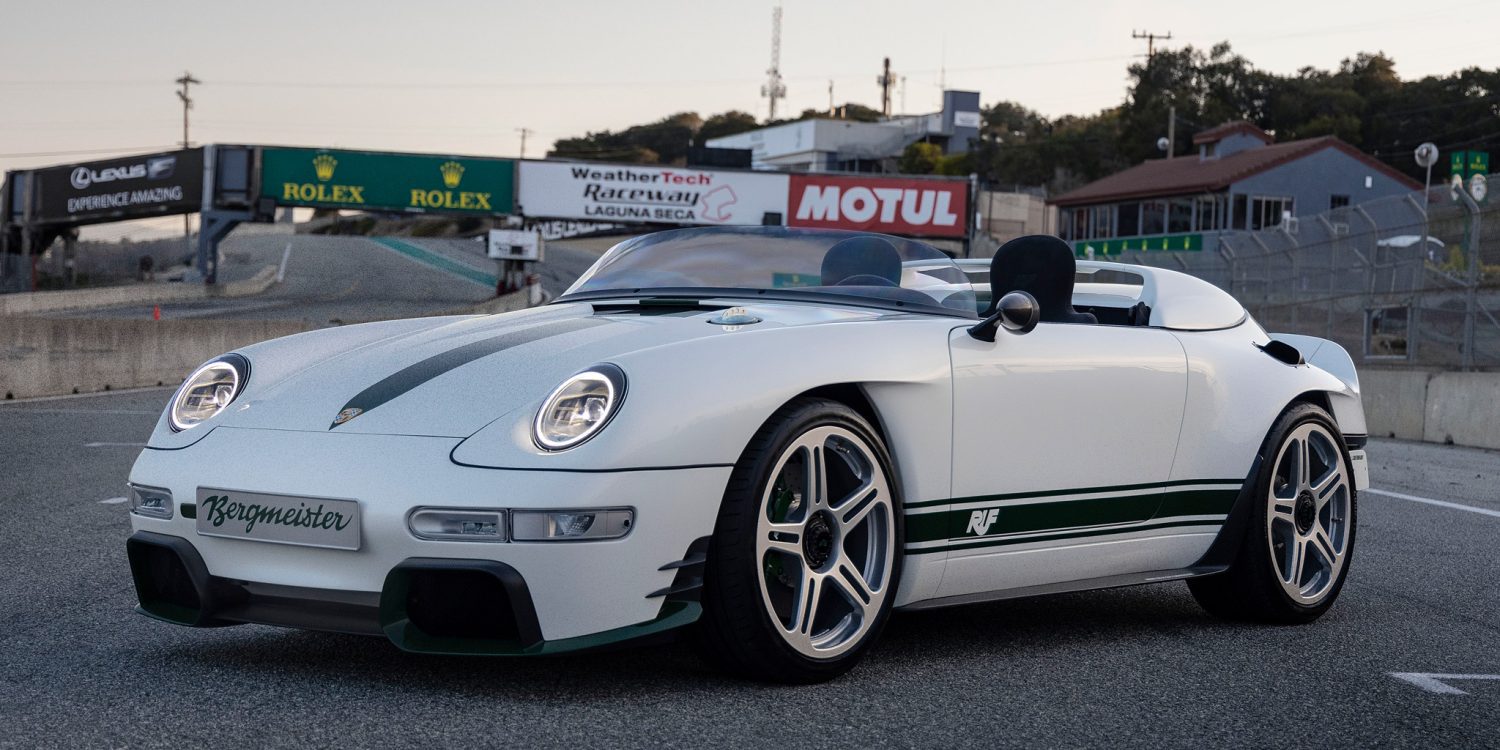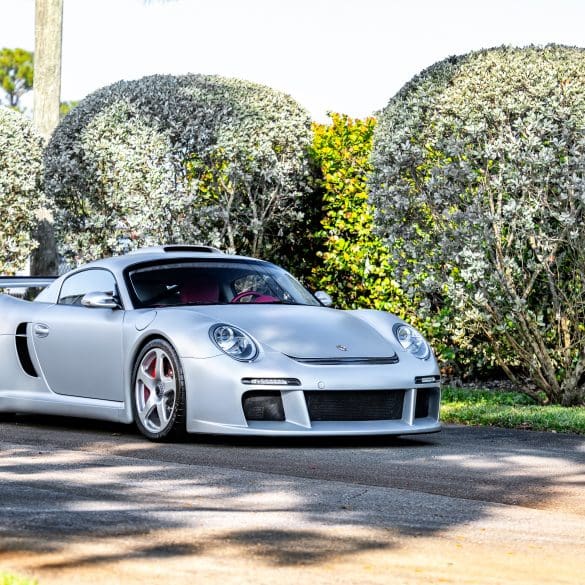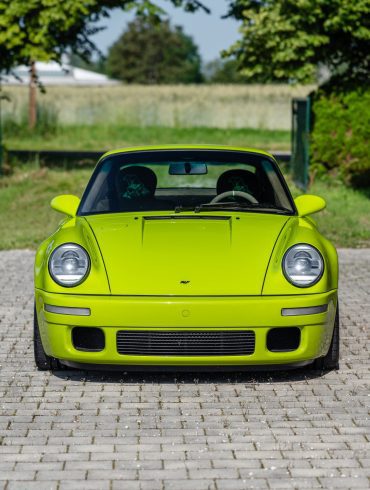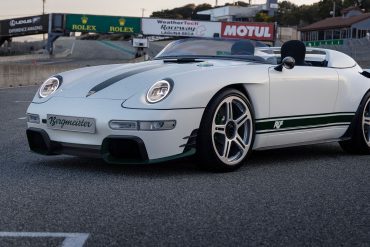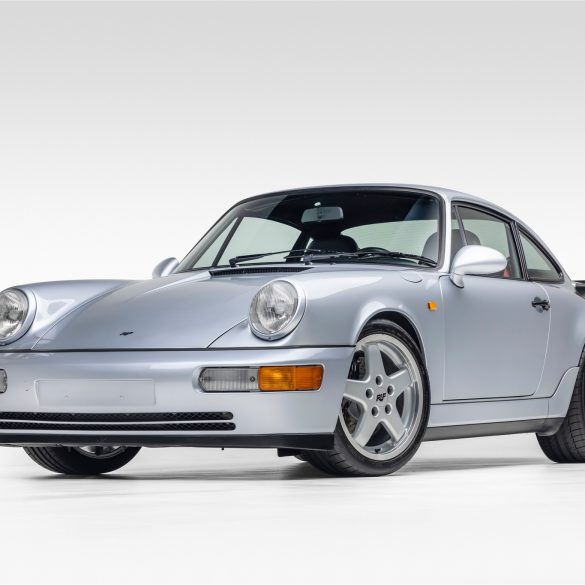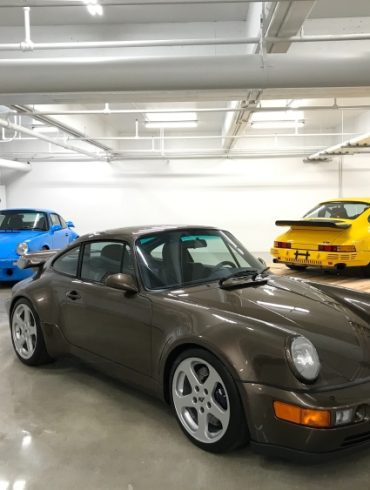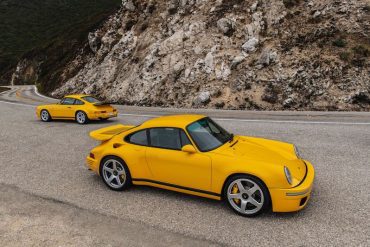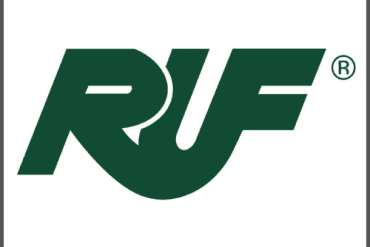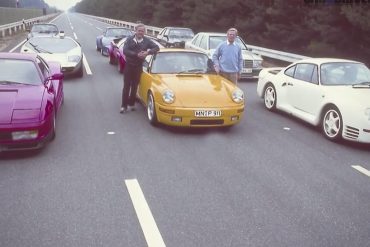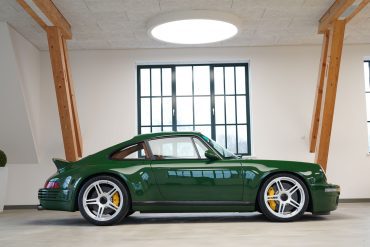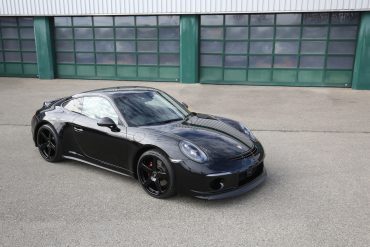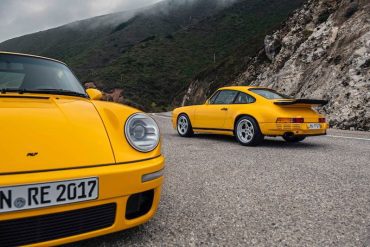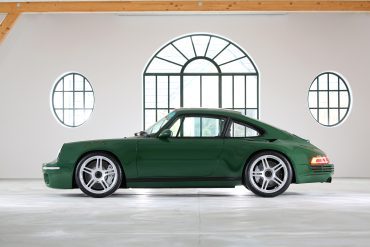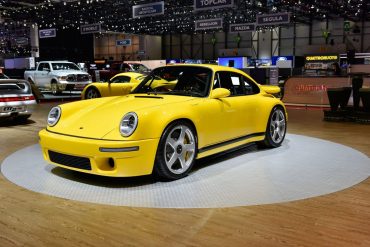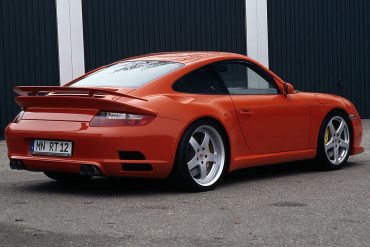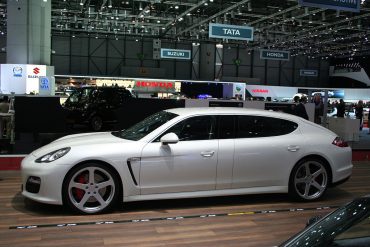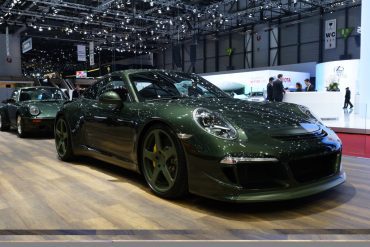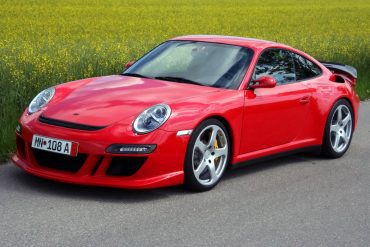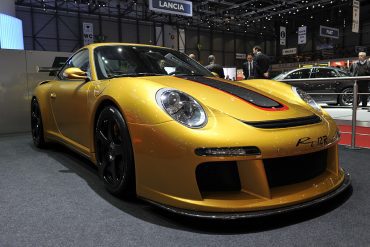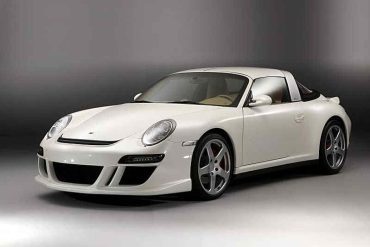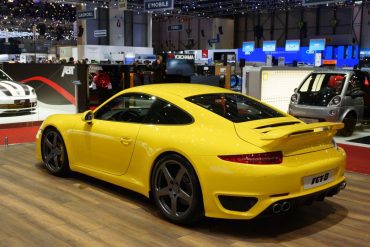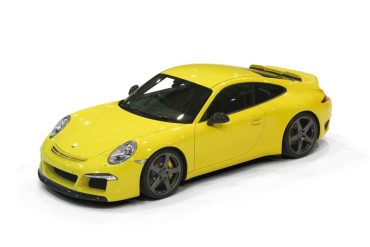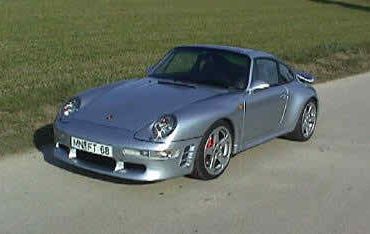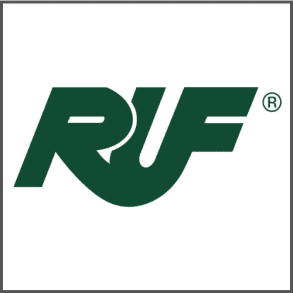
Ruf Automobile
Research, News, History, Reviews, Media & More
Ruf Automobile GmbH, a distinctive name within the realm of high-performance automobiles, has long stood as a symbol of exceptional engineering and innovative automotive design. Unlike other car manufacturers, Ruf doesn't merely modify vehicles; it constructs its own, using unmarked Porsche chassis and bodies to create something uniquely potent. This deep dive into Ruf's legacy explores its origins, historical milestones, and the innovative models that have cemented its status in automotive lore.
The company was founded in 1939 in Pfaffenhausen, Germany as "Auto Ruf" by Alois Ruf Sr. as a service garage and was eventually expanded to include a full-service gas station in 1949. The company's journey into car manufacturing began subtly during the post-war era, repairing and restoring cars. Ruf began experimenting with vehicle designs of his own in the late 1940s, and in 1955 designed and built a tour bus, which he marketed around Germany. The positive response it received led to Ruf expanding his business again by starting his own separately owned bus company.
The turning point came when Alois Ruf Jr., who shared his father’s passion for cars, took over the business in the 1970s. His deep interest in Porsche cars, combined with his technical acumen, steered the company towards specializing in Porsche vehicles, setting the stage for Ruf's future endeavors.
Ruf debuted their first complete model in 1977, a tuned version of Porsche's 930 with a stroked 3.3 litre motor. This was followed in 1978 by Ruf's first complete non-turbo Porsche, the 911 SCR. It was a naturally aspirated 911 with a stroked 3.2 litre motor producing 217 horsepower. Numerous customer orders were placed for this vehicle.
The company's reputation as a manufacturer was officially recognized in 1981, when Ruf registered as an independent auto manufacturer in Germany. Ruf gained significant attention in 1987 with the creation of the Ruf CTR, also known as the "Yellow Bird". During a time when supercars were defined by Ferrari and Lamborghini, the Yellow Bird was a revelation. It was based on the Porsche 911 but extensively modified; its lightweight body and powerful turbocharged engine allowed it to reach speeds that surpassed every production car available at the time, famously achieving a top speed of 211 mph.
The CTR's performance at the "Faszination on the Nürburgring" video was particularly pivotal, showcasing its speed and handling and propelling Ruf into the limelight. This car was not just fast; it was a testament to Ruf's engineering prowess and their ability to enhance the underlying qualities of Porsche’s designs.
Following the success of the CTR, Ruf continued to innovate. In 1996, it introduced the Ruf CTR2, which featured a Porsche 993 body and was powered by a twin-turbocharged engine capable of producing up to 520 hp. The CTR2 not only excelled on public roads but also demonstrated its capabilities in competitive environments like the Pikes Peak International Hill Climb.
The early 2000s saw Ruf continuing to push boundaries with models like the Ruf R Turbo, Ruf Rt 12, and later, the Ruf CTR3. The CTR3 was a standout, blending Ruf's engineering with a design reminiscent of Le Mans prototypes, and featured a mid-engine layout that deviated from the traditional rear-engine setup of most Porsche models.
In recent years, Ruf has continued to innovate while staying true to its roots. The introduction of the Ruf SCR in 2018, a completely new build that visually nods to the classic 911 silhouette, shows Ruf’s commitment to blending heritage aesthetics with modern technology. The SCR features a carbon fiber monocoque chassis and a naturally aspirated 4.0-liter engine that produces 510 hp, demonstrating that Ruf’s commitment to high performance has not waned.
Moreover, Ruf's recent ventures into electric vehicle technology signal its readiness to adapt to changing automotive landscapes. The Ruf CTR Anniversary, unveiled in 2017 to commemorate the original CTR, and the electric concept vehicle eRuf Model A, indicate Ruf’s proactive stance towards future technologies.
Ruf’s journey from a small Bavarian garage to a world-renowned manufacturer of high-performance vehicles is a testament to its relentless pursuit of automotive excellence.
The Basics
Company type: Private
Founded: 1939
Founder: Alois Ruf Sr.
Headquarters: Pfaffenhausen, Germany
Key people: Alois Ruf Jr. (Chairman)
Did You Know?
Not just a tuner: While Ruf is famous for its modified Porsches, it is officially recognized as a car manufacturer in its own right by the German government. This means that each Ruf car has its own VIN and is considered a distinct model.
The Yellowbird: The Ruf CTR "Yellowbird," based on the Porsche 911, became a legend in the late 1980s. It set a record as the world's fastest production car at the time, reaching a top speed of 342 km/h (213 mph).
Ruf Automobile is a family-owned business, founded in 1939 by Alois Ruf Sr. The company is currently run by Alois Ruf Jr., who is known for his passion for engineering and performance.


